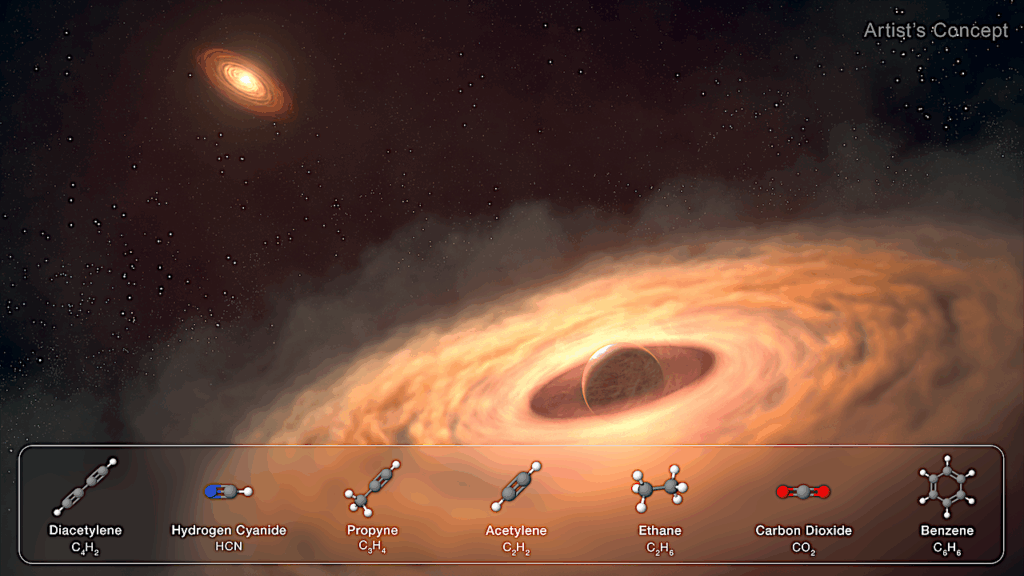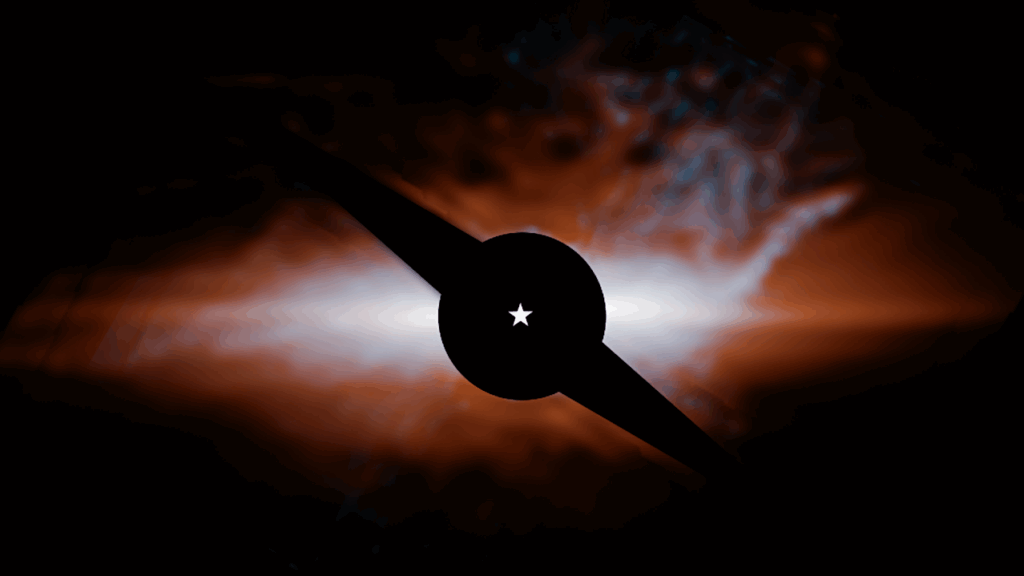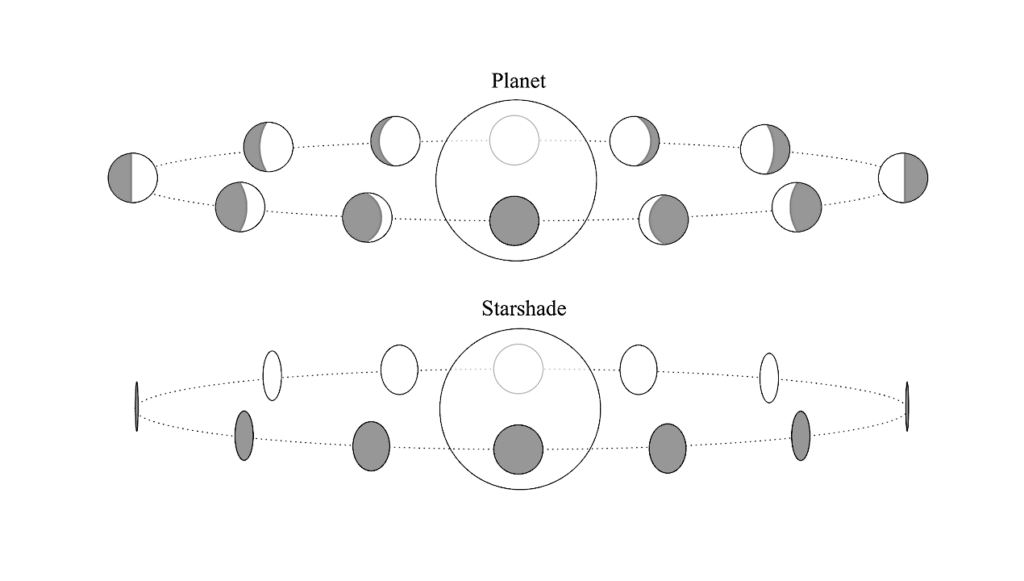Exoplanets Detection Limits Using Spectral Cross-correlation With Spectro-imaging. An Analytical Model Applied To The Case Of ELT-HARMONI

The combination of high-contrast imaging and medium to high spectral resolution spectroscopy offers new possibilities for the detection and characterization of exoplanets. The molecular mapping technique uses the difference between the planetary and stellar spectra.
While traditional post-processing techniques are quickly limited by speckle noise at short angular separation, it efficiently suppresses speckles. Its performance depends on multiple parameters such as the star magnitude, the adaptive optics residual halo, the companion spectrum, the telluric absorption, as well as the telescope and instrument properties. Exploring this parameter space through end-to-end simulations to predict potential science cases and to optimize future instrument designs is very time-consuming, making it difficult to draw conclusions.
We propose to define an efficient methodology for such an analysis. Explicit expressions of the estimates of signal and noise are derived, and they are validated through comparisons with end-to-end simulations. They provide an understanding of the instrumental dependencies, and help to discuss optimal instrumental choices with regard to the targets of interest. They are applied in the case of ELT/HARMONI, as a tool to predict the contrast performance in various observational cases. We confirm the potential of molecular mapping for high-contrast detections, especially for cool planets at short separations. We provide guidelines based on quantified estimates for design trade-offs of future instruments.
We discuss the planet detection performances of HARMONI observing modes. While they nicely cover the appropriate requirements for high detection capability of warm exoplanets, a transmission extended down to J band would be beneficial. A contrast of a few 1E-7 at 50mas should be within reach on bright targets in photon noise regime with molecular mapping.
Alexis Bidot, David Mouillet, Alexis Carlotti
Comments: 19 pages
Subjects: Instrumentation and Methods for Astrophysics (astro-ph.IM)
Cite as: arXiv:2311.13275 [astro-ph.IM] (or arXiv:2311.13275v1 [astro-ph.IM] for this version)
Related DOI:
https://doi.org/10.1051/0004-6361/202346185
Focus to learn more
Submission history
From: Alexis Carlotti
[v1] Wed, 22 Nov 2023 09:51:58 UTC (8,704 KB)
https://arxiv.org/abs/2311.13275
Astrobiology,








